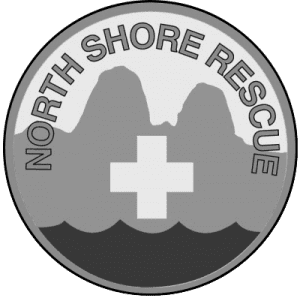For more information on being prepared – don’t forget to visit the AdventureSmart website, as well as the AdventureSmart Trip Plan App.
Trip Plan and research your route thoroughly.
Read trail descriptions, review the route on your map, create a route on your smart phone map application (Like GAIA or OSMandMaps) (yes you should have one of those), make sure the route is appropriate for the time of year, your level (and group level) of training, state your turn around time. Make sure you leave a trip plan with someone responsible.
Train – make sure you have the appropriate training for your destination and objectives.
Take the Essentials – this will vary throughout the year – during winter you obviously will need different equipment than the summer.
Check out our What to Bring page for more info – but this is just a start – not an exhaustive list. If its winter and it is slippery – you will need microspikes, poles and maybe an ice axe. If you are in avalanche terrain you will need avalanche training and equipment. Always plan for what MIGHT happen, not what you THINK will happen. The weather changes fast in the mountains – always bring a rain jacket, puffy, and toque. Even in summer. Please wear hiking boots if you are hiking – running shoes are not appropriate and are the reason for many ankle sprains and breaks.
Remember – if you are hiking alone and you sprain your ankle you could die. This has happened many times on the North Shore. Do NOT rely on cell phone coverage. If you are hiking along bring a satellite device like a Garmin InReach or SPOT device. Tell someone EXACTLY where you are going and when to expect you back – and tell them to call 911 if you are not back on time.
DO NOT UNDERESTIMATE EXPOSURE – most people do not last longer than 24 hours in the mountains without a tent and sleeping bag. You will get wet, you will get hypothermia and you will die of exposure in under 24 hours. Think about that next time you start a hike – if you get lost, and you don’t have the appropriate equipment – you could be dead in less than 24 hours. This happens every year even in non-freezing temperatures. Bring warm clothing and an emergency tarp, such as a sil tarp at all times.
